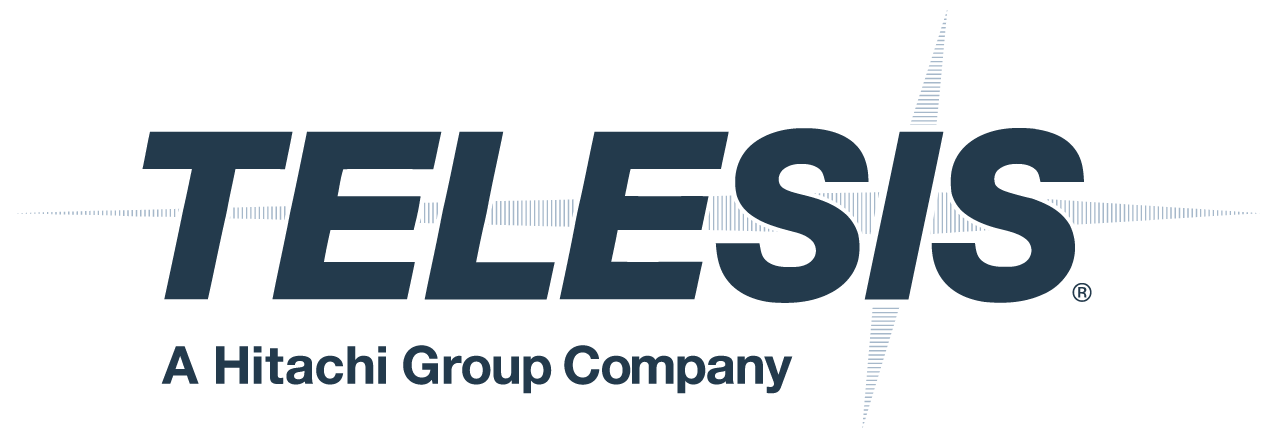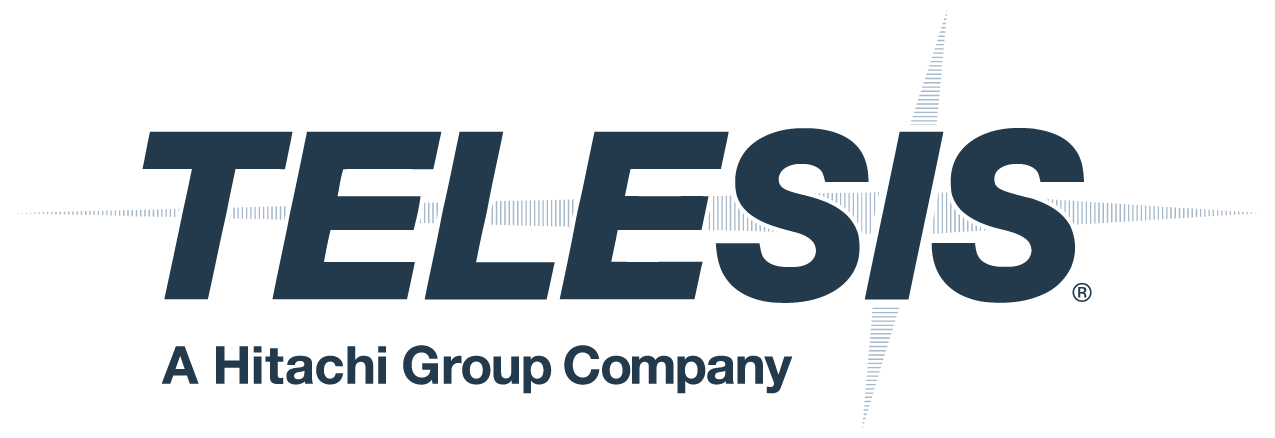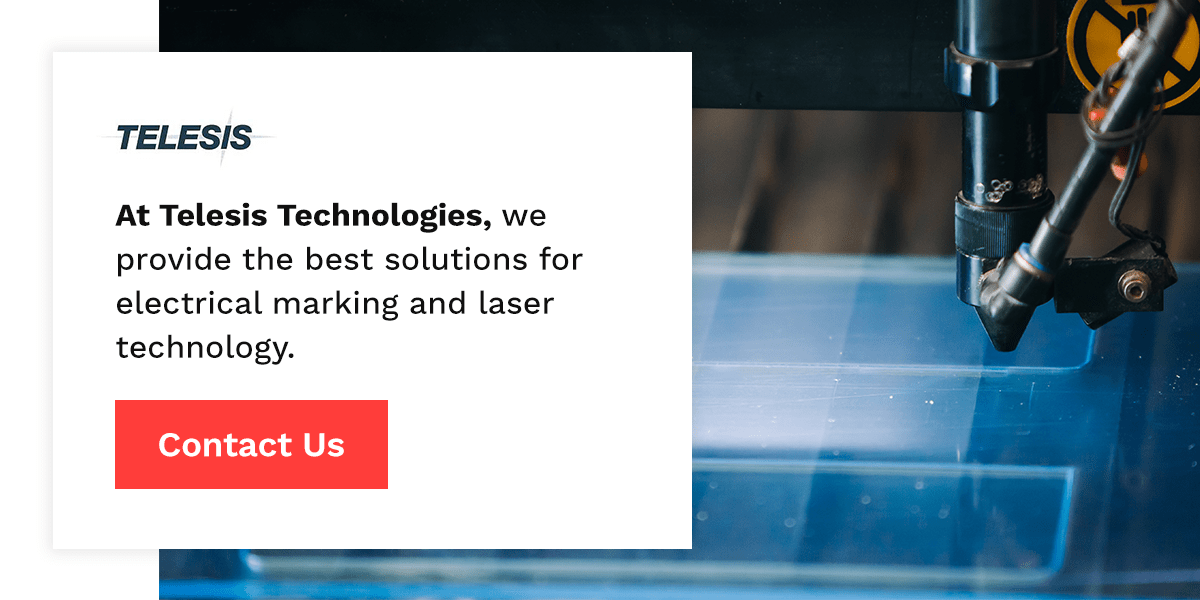High-precision laser marking, engraving and etching of plastic have many advantages across industrial and manufacturing fields. These capabilities allow you to mark medical devices, add serial numbers to components or create eye-catching marks to enhance your products’ aesthetics. Here are the top benefits of laser engraving plastic materials.
Savings
Direct marking on plastic removes the need for chemicals and consumables, such as ink, sprays or pastes, eliminating the cost of these products and their disposal. Laser marking also helps reduce the cost of additional tools due to wear and tear, as there is no subsequent treatment needed for laser processing.
The whole process is contactless, which also helps save time and labor due to optimal results and simple processing. Operators won’t need to secure or lock the materials or have any contact with them at all.
Simplicity and Speed
Laser marking provides fast and reliable technology, even with variable content like codes and serial numbers for firearms or graphics on PPE. You can complete a wide range of marking without changing the machine’s tools due to the low-maintenance design of these machines.
Resistance
With laser marking, you can be confident that your logos and graphics are resistant to heat, water, light, chemicals and acids. These permanent markings will help showcase the quality of your craftsmanship.
Versatility
The laser allows you to create and code, shape or design while maintaining clear readability. You can even conduct photoengraving. Laser markings also enable you to gain maximum flexibility and control over areas that are difficult to access or require minimum-sized fonts.
Environmental Impact
Due to the absence of toxic chemicals and consumables, using laser marking also helps the environment and prevents the disposal and release of harmful gases and liquids into the water and air.
Reliability
In addition to their high precision and detailing capabilities, laser markings also guarantee consistent, uniform results. These high-quality markings are forgery-proof and allow you to create even the thinnest lines and shapes that you can easily repeat.
Types of Plastics
Though there are many different types of plastics, not all of them are suitable for laser markings. For example, some high-performance plastics, such as polyamide, won’t show a color change when marked with an infrared laser. Depending on the plastics you use or need for your project, you may need to use additives or a different type of machine for fast, quality results.
Here are some plastics suitable for laser markings.
- PEEK: natural TECAPEEK
- PBTP
- Medical PPSU
- ABS
- PETP
- PVDF – TECAFLON PVDF natural
- Polycarbonate – TECANAT natural
- TECAFORM AH LM
- TECASON P MT
- TECAFORM AH LM white
- TECAPEEK black
- TECAPEEK MT colored
- PEEK 30 glass filled: TECAPEEK GF30 natural
- Ceramic filled PEEK: TECAPEEK CMF white
- PEEK Classix™: TECAPEEK Classix™ white
- PPSU medical: TECASON P MT colored
- PPS GF – TECATRON GF40 black
While these are just some recommended options for laser marking, there are dozens of other plastics and materials you can use to find the results you’re looking for. By using laser markings to label plastics, you can conduct countless applications in many industrial sectors, such as:
- Tools
- Switches and buttons
- ID labels for animals
- Sensors
- Plastic casings and housings
- Electronic components and outlets
- Films
- Printed circuits
- Keyboards
Different Methods for Laser Marking On Plastic
Since there are many materials and machines you can use for laser markings, there are also various processes that provide different results. Here are some common methods and processes for laser marking on plastic parts.
Carbonization
The carbonization method enables you to create strong color contrasts on bright, shiny surfaces. During carbonization, the laser uses low energy to heat the material’s surface to produce the emission of hydrogen and oxygen.
Though this process has a longer marking time than others, it can be applied to both polymers, biopolymers and organic materials such as leather, hide and wood to produce darkening results with a high concentration of carbon.
Color Changing or Toning
Color change laser marking involves rearranging or destroying pigmented macromolecules in an electrical process and provides maximum readability. Unlike carbonization, the laser frequency in this process is at its maximum, but each pulse maintains reduced energy to avoid removing the surface. In color changing, the surface material is not removed or eliminated — it simply dilates and expands.
The pigment in the macromolecules contains metal ions that undergo a chemical transformation to produce the color change. All plastic polymers are suitable for this color change process, but it’s commonly used for dark toning.
Removal
Laser removal, or ablation, is commonly used for multilayer plastic components, or laminates. During this process, the laser beam removes the surface layers and thin coverings on top of the base material, including paints. The laser then creates a color difference between the layers to produce the contrast. This process is commonly used for car components.
Expansion
Expansion is a process that brings the material to a boiling point that melts the surface of the plastic. The surface is then immediately cooled to create vaporized bubbles on the surface of the base material to create a bulge that produces an embossed marking effect.
These bubbles are more easily seen when using a dark base material. In this case, the expansion method allows the laser to work with long pulses at reduced power to create varying compositions of light and dark colors in polymers.




